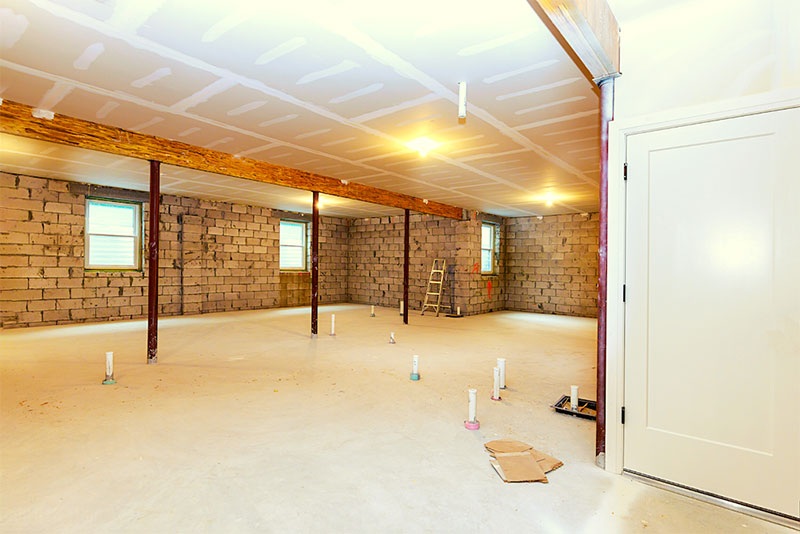Advertisement
Basement ADUs (Accessory Dwelling Units) are a growing popular investment for homeowners looking to generate passive rental income on their property.
Basements are often chosen as the location to construct an ADU, as they are generally the most cost-efficient, taking advantage of space on the existing property rather than new construction.
Generally, basement conversions are allowed in most homes for rental purposes as long as you follow the local cities’ specific building codes and regulations.
Below are things to consider before turning your basement into a proper living space so that you can rent it out to future tenants.
Your Existing Space
Basements are generally used by homeowners to store away items and declutter their everyday living space. What most people often forget when remodeling a basement is that they will still need access to certain areas.
This is usually because the basement is where electrical panels, furnaces, heaters, and laundry facilities are often located. Since homeowners will still need access to these items when renting out their basements, they will have to decide to design around them or move their location which can become quite costly.
If you need a part of your basement to remain a part of your primary housing, keep this in mind when developing your design plans, as access to these things will need to be around the interior stairs to provide your guest with privacy.
Hiring the Right Contractor
Hiring the right local remodeling and construction company will not only save you a ton of time but it’s what’s will make the difference between your project being a constant headache or a breeze.
After you’ve had some time to design your space (at least mentally), bringing in the right design team and architects will advise you on how to bring your vision to life.
Most construction companies operate with fully equipped teams that can manage all aspects of any remodeling project. In order to find the best one to suit your specific needs, make sure to have at least three consultations with different companies.
This will ensure that you can gauge the pricing and what each contractor will bring to the table. You should have a clear idea after your consultation if the project meets your budget and what the timeline will be.
Your local contractor also should be efficient in submitting design plans and leading you through the process of gaining the right permits. Once you’ve found the right contracting team and your plans have been approved, you’ve gotten through the hardest part of the process.
City Regulations
Cities and local counties will have their own specific rules and regulations on what constitutes a basement that can be used as a rental property. For example, basements in california follow very specific requirements due to the terrain or soil that the structures are built upon.
Depending on your area, plumbing, electricity and ventilation will all need to meet city regulations, This will often include kitchen and bathroom amenities, as well as a separate entrance for your tenant.
Another thing to keep in mind is your square footage, specifically the ceilings’ size. Original ceiling heights in the basement don’t always match city requirements to become living quarters.
In order to fix this, as well as lighting issues, the preexisting floor can be dug deeper or you can choose to lift the home. As you guessed, all of these fixes are going to add to your cost.
Make sure to also research and become familiar with property management and Airbnb laws within your area.

